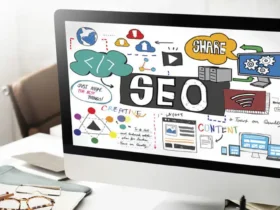In a world where digital media dominates, offline advertising continues to play a vital role in reaching audiences across all age groups. From billboards and print ads to TV commercials and radio broadcasts, these traditional channels remain effective, offering a tangible and enduring appeal that digital platforms often lack. Offline advertising provides a refreshing break from the fast-paced digital environment, creating meaningful connections with audiences of all ages.
For younger generations like Millennials and Gen Z, offline ads can feel innovative or even nostalgic, standing out in a sea of digital content. They are often captivated by creative campaigns such as immersive events or unconventional marketing tactics. On the other hand, older generations, including Gen X and Baby Boomers, see offline advertising as dependable and familiar, evoking trust through the mediums they have relied on for decades.
This diversity in audience perception highlights the unique power of offline advertising. A newspaper ad might resonate deeply with Baby Boomers, while a clever billboard could spark interest and social media buzz among younger demographics. The sensory and emotional impact of offline campaigns adds a human touch often missing from digital strategies.
By recognizing how different generations interact with offline advertising, marketers can design campaigns that bridge the gap between traditional and digital approaches, fostering authentic connections and amplifying their message across diverse audiences.
Infographic provided by Elite Envelope & Graphics, a provider of envelope converting services











